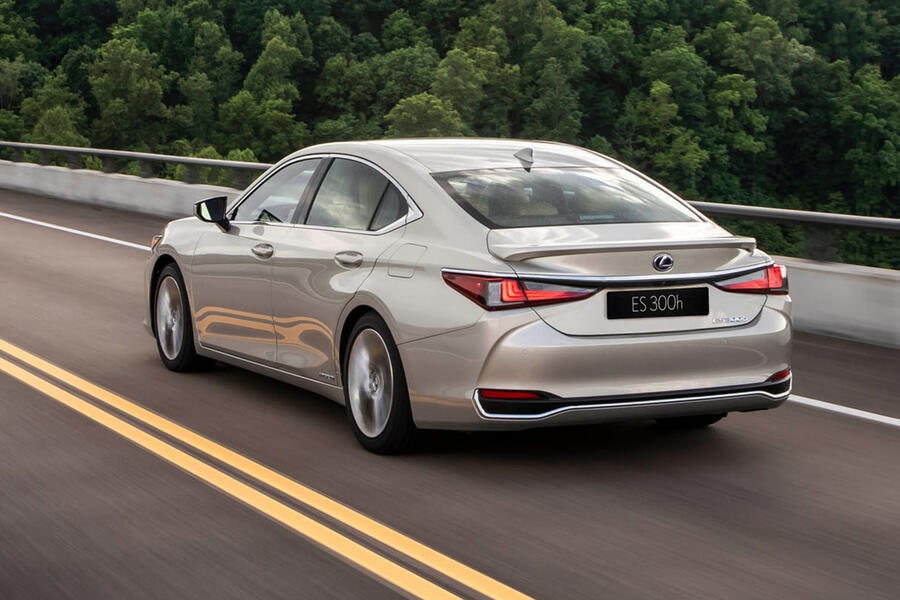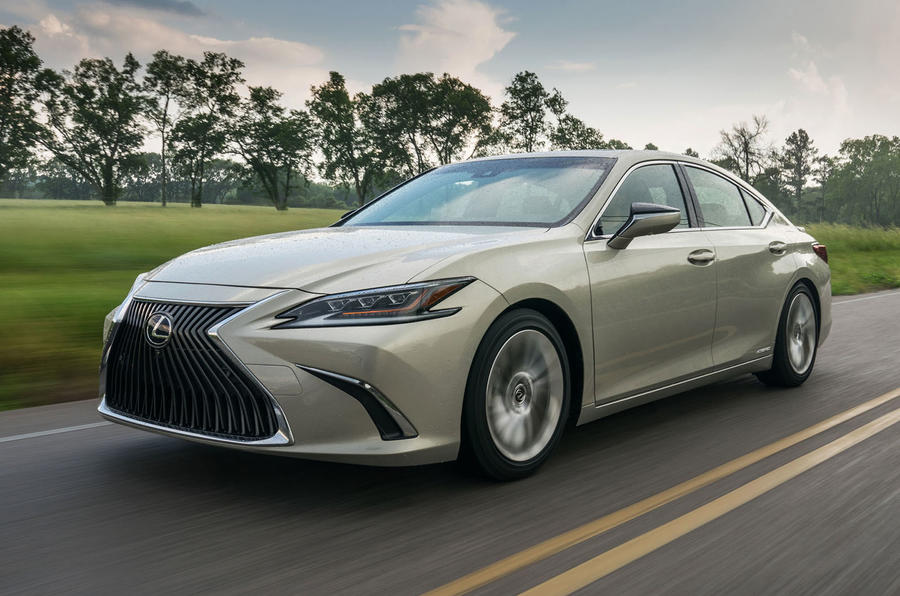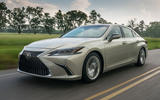What is it?
The seventh-generation Lexus ES mid-sized executive saloon: a car that isn’t well known to UK buyers but that may just signal a key change in philosophy from its maker.
Selling cars in significant volumes and stealing market share from its chiefly German rivals have never seemed like particularly high priorities for Lexus in Europe, with the firm apparently content to play the longest of waiting games as its presence and profile ever-so-gradually increased.
And yet there are now signs that Lexus’s attitude to its own growth on the continent may be changing; that it’s rationalising its model range and ‘getting serious’ about maximising its European market potential.
Toyota’s premium brand has doubled its European sales footprint over the past five years, mostly on the back of the Lexus NX crossover. And now it’s changing tack with its entrant in the mid-sized executive saloon market, with the aim of offering British and European buyers a more practical, better-value prospect than it has thus far.
The change will come at the end of this year, when the seventh-generation Lexus ES goes on sale in the UK — a car that will supercede the GS in European showrooms.
The ES has been a fixture of Lexus’s global range of saloons for almost as long as Lexus has existed. It became the firm’s most popular four-door, presenting buyers in Lexus’s biggest markets with Lexus a more rational alternative to the GS ‘sports sedan’.
And the most significant thing it’ll represent, from a UK perspective, is a switch away from the dynamically appealing rear-wheel drive mechanical template that the GS offered to adopt a more pragmatic front-drive layout.
How could that be good news, you might wonder — either for Lexus or for potential customers? The answer may well prove to be about money. Being a relatively costly car to build, the GS could never really compete with opponents from Mercedes-Benz, Audi and BMW at the cheaper end of Europe’s executive segment’s value scale.
The ES, on the other hand, shares a platform, an undisclosed proportion of under-the-skin mechanicals and even an American factory with the current Toyota Camry (although right-hand-drive, UK-bound examples of the ES will be sourced from Japan, just as the GS always was).
So you can appreciate why Lexus’s European product planners might be more attracted to the ES than the GS, because Lexus UK can probably benefit — to a lesser extent than some might think, and perhaps only by relation — from some of the economies of scale of one of the biggest-selling passenger cars in the world.












































Join the debate
Add your comment
Vs other saloon hybrids...
Until we know the pricing, there's nothing in this review to persuade me why I should buy this rather than a BMW 530e or VW Passat GTE.
I presume it is substantially more spacious than a BMW 330e.
Have Ford improved the Mondeo hybrid? Is there a hybrid version of the new Peugeot 508 coming? These might be other alternatives worth considering.
Where does the front
Where does the front numberplate go?
Did nobody memo Lexus to tell them that it's a legal requirement?
It could either break up that gaping grille, as per Audi, or it could look tacked on like the Mazda 3.
It's not just the looks
The thought of cleaning that grill after a couple of years use would give me a headache
Seems that judging by the vast majority of your posts...
thinking gives you a headache...cure it by not posting anything else...ever.